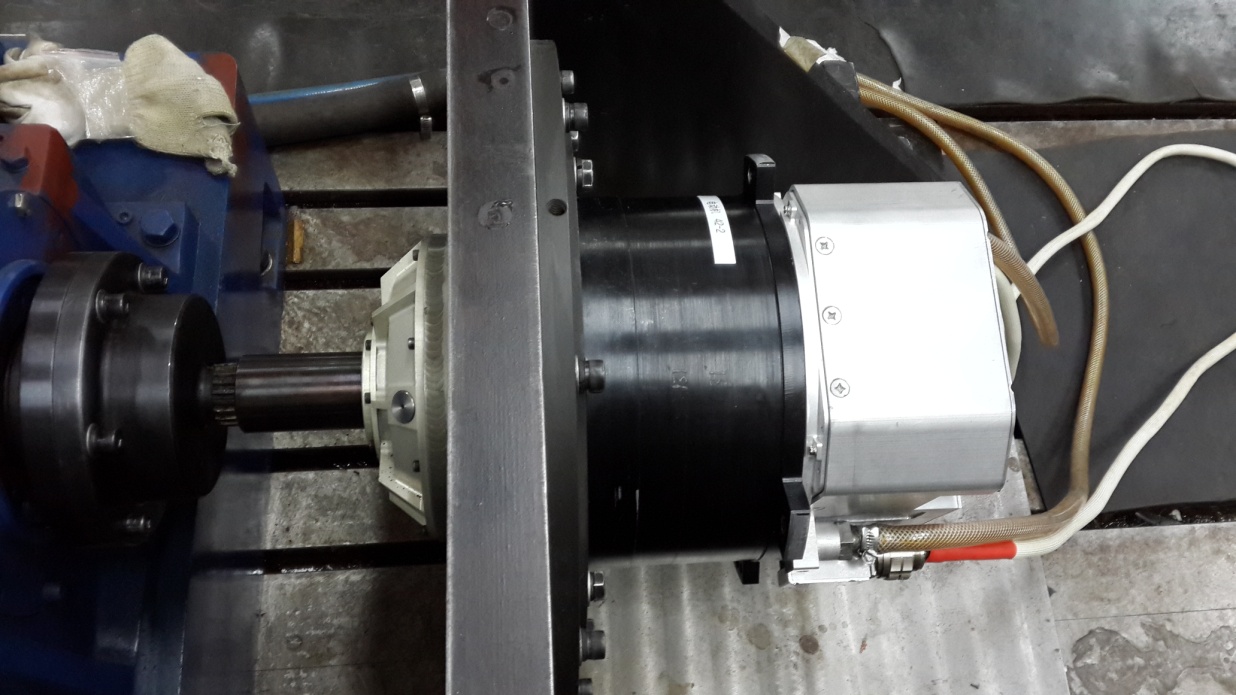As a kind of high performance power take-off, permanent magnet motor is the main choice of Autonomous Underwater Vehicle (AUV) power system at present. The noise and vibration analysis of a rotating machinery remain focus of research, the core topic of which is calculation of the rotor’s critical speed.
According to the principle of mass equivalence, researchers from the Institute of Acoustics (IOA) of Chinese Academy of Sciences propose a geometric dimension discretisation method (GDDM) to computing the critical speed of a rotor-bearing assembly more precisely.
Results were published in IET Electric Power Applications entitled "Application of an Improved Discretisation Method for the Rotor-bearing Assembly in the Radiated Noise Analysis Using Riccati Transfer Matrix Method".
Conventional approaches to compute the critical speed, such as iteration method or the finite element method (FEM), are restricted due to computational complexity and low speed. The transfer matrix method (TMM) is relatively easy to be programmed with less time and memory requirement during computing.
The fundamental idea of TMM is to make the state variables on the cross section transfer from one end of the rotor to the other, according to the deformation compatibility condition.
To apply TMM, a typical elastic rotor-bearing system with continuous mass distribution needs to be discretized into a certain number of segments along the axial direction. The mass and moment of inertia are lumped on each end of these segments.
Based on definition of the moment of inertia, an improved discretization method relative to the geometric dimensions of the rotor-bearing system is derived.
Different discrete models of the same rotor-bearing assembly (Figure 1), whose first four orders of critical speed and corresponding vibration mode curves are given for reference, are obtained from both GDDM and empirical formula for comparison.

Figure 1. Model of the rotor-bearing assembly. (Image by FENG Chao)
Simulation results indicate that analysis of the rotor-bearing assembly discretized appropriately enough under GDDM is capable of providing solutions of critical speed and predictions of vibration modes and noise with better precision.
The performance of the proposed GDDM over empirical formula is also validated through radiated noise data analysis (Figure 2).

Figure 2. The experiment arrangement of radiated noise measurement of the PM motor. (Image by FENG Chao)
Funding for this research came from the National Natural Science Foundation of China under grant 61471352, 61302169, 61531018 and 61372181.
Reference:
FENG Chao, MA Xiaochuan, HU Zeyan, LUO Yong. Application of an Improved Discretisation Method for the Rotor-bearing Assembly in the Radiated Noise Analysis Using Riccati Transfer Matrix Method. IET Electr. Power Appl. 2017, 7, (11), pp. 1245-1253. DOI: 10.1049/iet-epa.20170107.
Contact:
WANG Rongquan
Institute of Acoustics, Chinese Academy of Sciences, 100190 Beijing, China
E-mail: wangrongquan@mail.ioa.ac.cn


